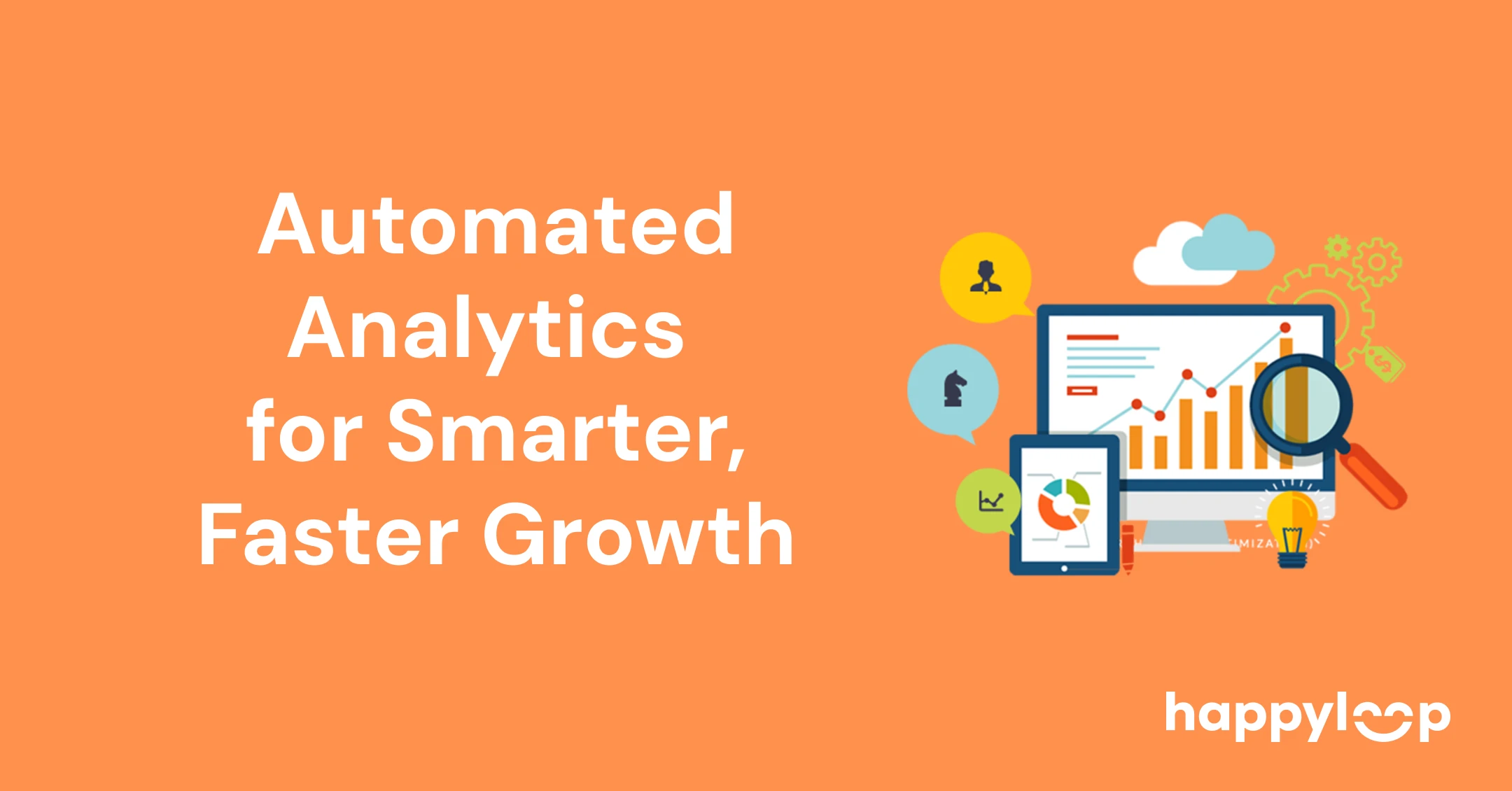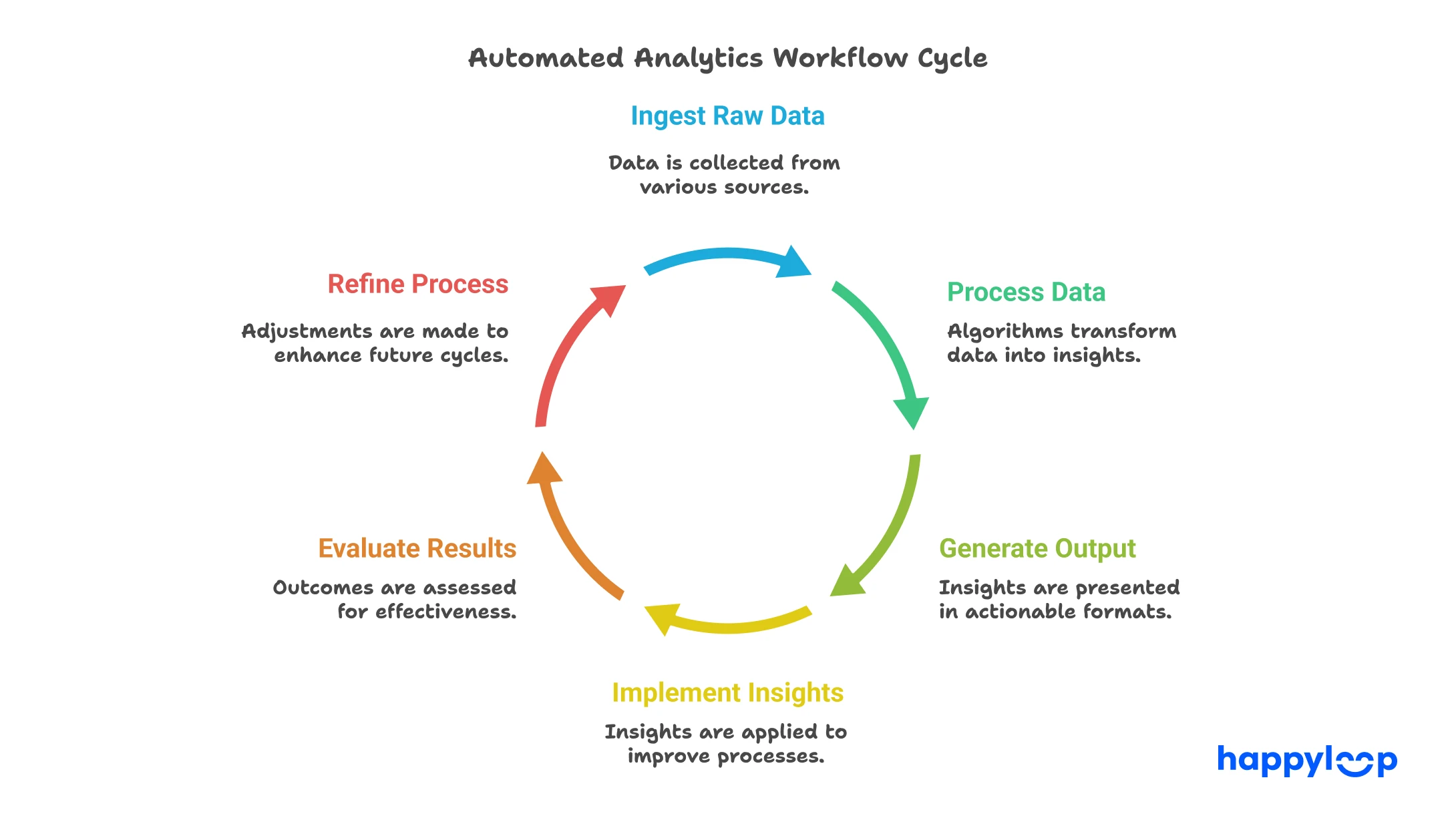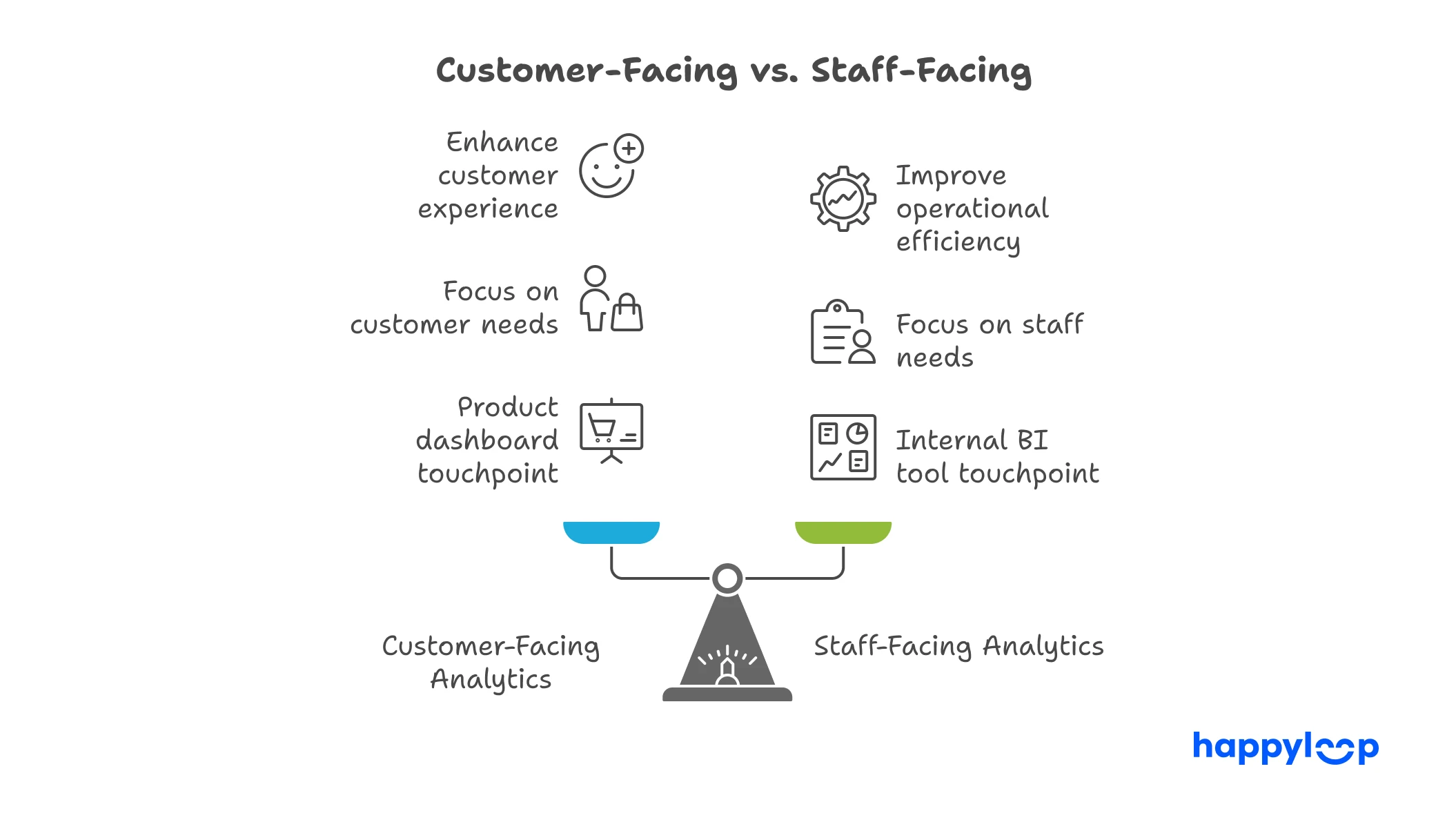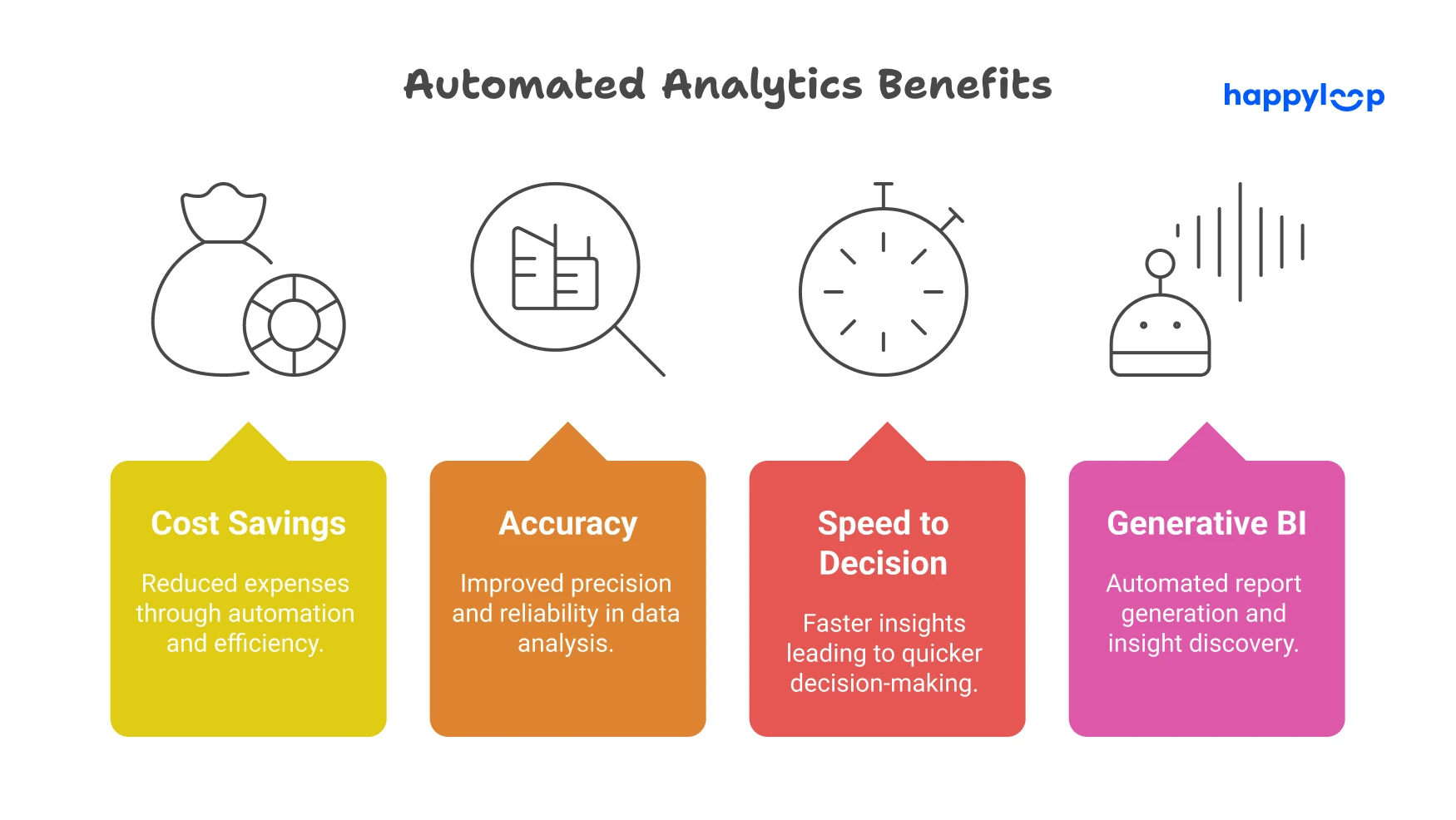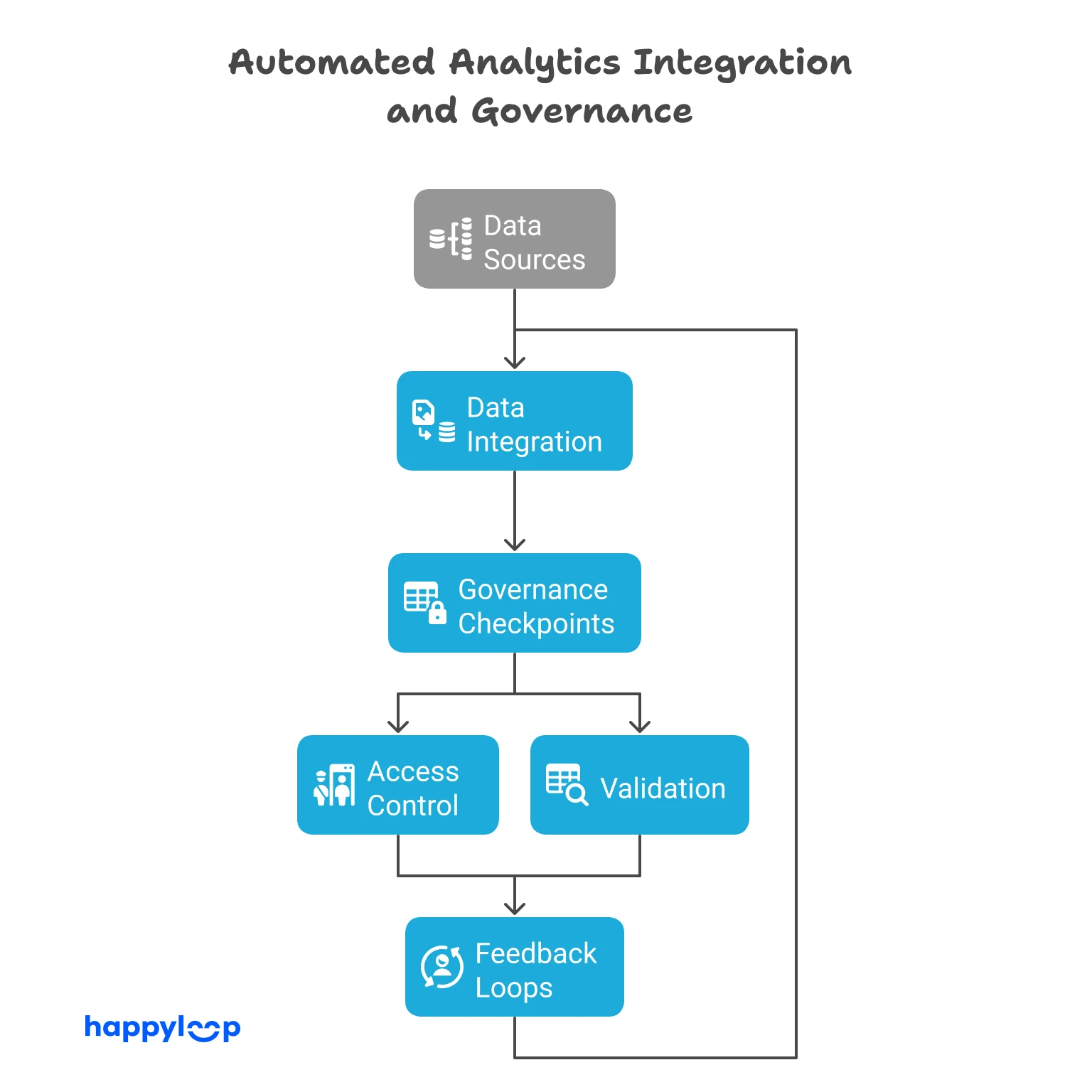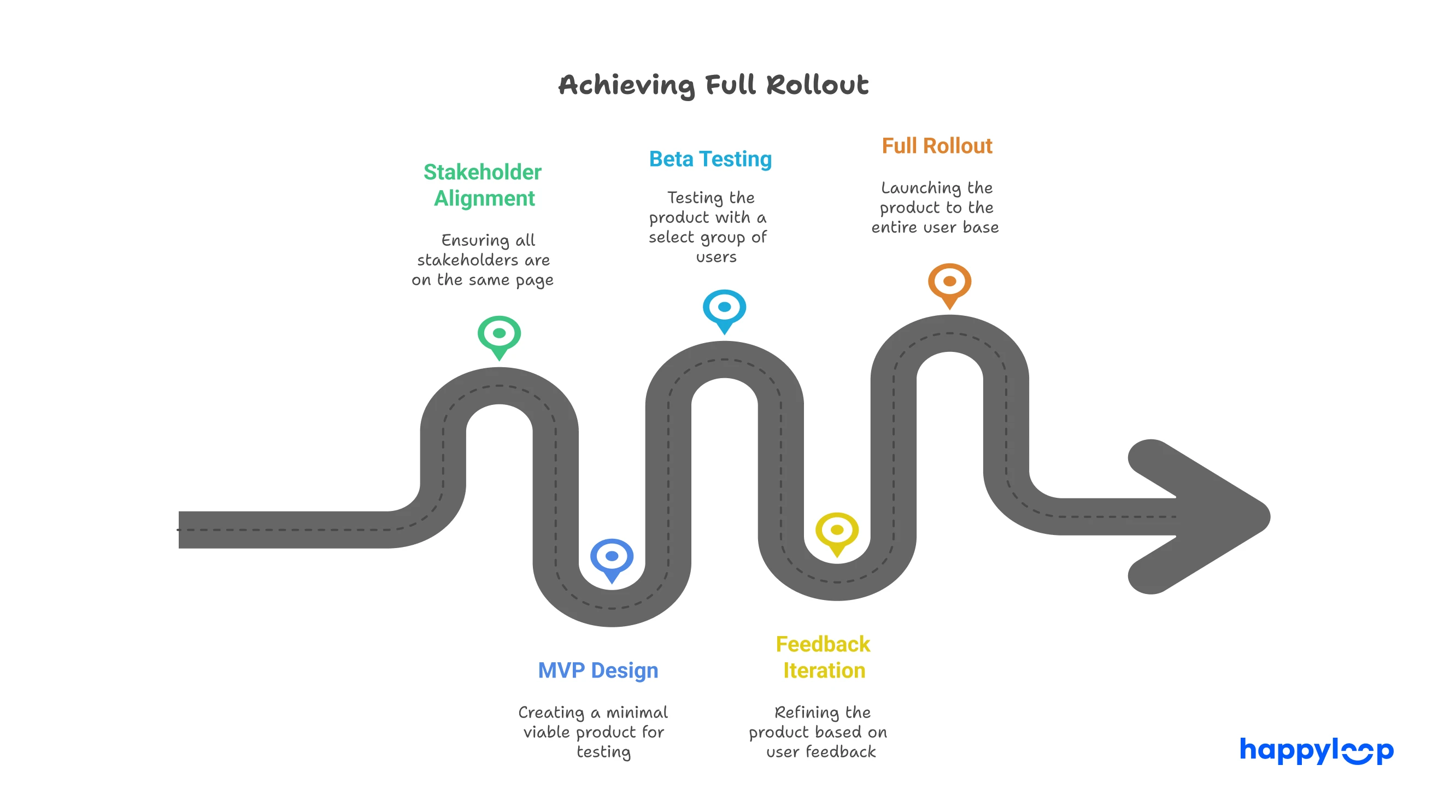Automated Analytics Explained: Key Benefits and Challenges
A concise guide to automated analytics: benefits, challenges, real‑world use cases, and strategies for seamless adoption.
A concise guide to automated analytics: benefits, challenges, real‑world use cases, and strategies for seamless adoption.
Technology changes fast and has changed industries a lot. Data-driven insights are now key assets for businesses that want to stay competitive. Automated analytics, a robust and innovative tool, is poised to revolutionize the way organizations extract and utilize these insights. However, as with any transformative technology, it presents a unique set of complexities and considerations.
At its essence, automated analytics involves employing advanced algorithms and machine learning to process and analyze data without human intervention. It includes various methodologies, such as predictive and prescriptive analytics, which are essential for converting raw data into actionable intelligence. Automated systems simplify data analysis, reduce costs, improve accuracy, and accelerate decision‑making.
Nonetheless, the journey toward effective implementation is filled with challenges. Companies often find it hard to add automated analytics to current systems. They also face data governance problems. They must keep outputs consistent and accurate. This article looks at the basics of automated analytics. It studies its benefits and challenges. It shows real examples and gives advice for success and making money.
As we look ahead to the future of data analytics, it's clear that the next wave of technological advancement will heavily rely on automation. In five years, data analysis will become more independent. Advanced machine learning and AI platforms will handle data collection, processing, and interpretation with little human help. Automated analytics will grow to give real-time insights and predictive models. This will help make decisions faster and more accurately. The integration of IoT devices will further enhance data flow, providing rich, timely data streams for processing. Data analysts will transition into roles that focus on overseeing automated systems, handling exceptions, and refining algorithms to align with business operations.
Automated analytics refers to the implementation of computer systems and software to perform data analytics tasks with minimal human intervention. This innovative approach simplifies complex data processes and accelerates the delivery of actionable insights. By automating data discovery, preparation, and maintenance, businesses can reduce the time required for manual data handling. This shift allows data scientists to direct their expertise toward higher-level analytical tasks, such as developing predictive models or improving data validation methods. The use of automation tools not only optimizes data pipelines but also enhances the capability to visualize data efficiently. Automated analytics builds a strong data analytics platform. It increases how efficiently operations run. It helps make informed decisions.
Automated analytics can be divided into customer-facing and staff-facing types, each serving unique objectives. Automated analytics that interact with customers improve their experience. They add analytics to products. They give users tailored insights and advice. This feature can drive engagement and upsell opportunities by demonstrating the product's added value to customers without requiring human intervention.
Automated analytics for staff help internal teams make data-driven decisions. They do this without data analysts' direct help. By leveraging dashboards and self-service analytics tools, employees can conduct data analysis to understand past performance and current trends. Moreover, predictive models use knowledge graphs and historical data to forecast future outcomes, enabling proactive decision-making.
Data feeds for automated analytics can vary. Inputs may come from uploading CSV files or connecting to databases via APIs, which offer secure and convenient means to access data. However, direct database connections, though less secure, may also be utilized for certain applications. Automated analytics platforms support many data feed methods. They stay flexible and adapt to different data sources. This helps full data analysis.
Automated analytics have become essential in modern business by leveraging technology to enhance data processing and analysis efficiently. Here are some key benefits:
The ongoing adoption of these technologies results in faster and more precise analytics, fundamentally transforming how data is leveraged in various sectors.
Automated analytics solutions cut operational costs by reducing the need for much manual work. Automating repeated data tasks lets businesses use resources well. This lowers unnecessary costs. This optimization allows companies to redirect resources towards strategic, high-value activities that drive growth. As automated analytics manage larger data volumes swiftly, the need for additional resources is reduced, enhancing cost-effectiveness. Data analysts, in turn, can focus on resolving complex challenges, while colleagues continue to benefit from data-backed decisions provided by automated systems. Thus, the implementation of automation in data analytics promotes overall resource optimization and financial savings.
Increased accuracy is a paramount benefit of automated analytics, achieved by eliminating the manual data processing tasks that are prone to human error. These advanced tools consistently ensure that data remains accurate and up-to-date by streamlining data collection and cleansing processes. Consequently, businesses can rely on real-time insights to make immediate and informed decisions with a high degree of precision. The integrity of data is maintained across all operations, ensuring that analytical outcomes are reliable and actionable. By reducing errors, businesses can better trust their data-driven strategies and enhance overall efficiency in decision-making processes.
Automated analytics significantly enhances the speed at which businesses can extract and interpret data insights, thus accelerating the decision-making process. By allowing real-time analysis, these tools provide continuous, up-to-date insights, enabling proactive decision-making. The elimination of manual data processing increases both speed and accuracy in making informed decisions, allowing businesses to respond swiftly to market changes. With automated analytics, data handling tasks are streamlined, freeing up valuable resources for more strategic initiatives. Businesses equipped with such systems can rapidly generate detailed reports, facilitating quicker access to actionable data and ensuring prompt responses to emerging business challenges.
Generative business intelligence is a new step in data analytics. It uses generative AI. This innovative approach enhances customer-facing analytics by providing more enriched insights and user interactions. Generative AI can automate and improve making data-driven insights. This greatly boosts analytic abilities. Through generative AI, businesses can create advanced analytic models that require minimal human input while delivering substantial, actionable insights. This technology makes business intelligence solutions more flexible and insightful. It improves data analysis. It gives businesses deeper and more detailed analytic skills. This shift not only enhances business operations but also supports a forward-thinking approach to analytics in the competitive market landscape.
Automated analytics gives many chances for businesses to improve efficiency and decision-making. However, with these advantages come significant challenges that must be navigated to ensure successful implementation. Businesses must be ready to face many challenges. These include adding advanced analytics to current systems and keeping data insights reliable and high quality. These challenges can impact various facets of operations, such as data governance, technical infrastructure, and consistency of outputs. By knowing and fixing these problems, organizations can better use automated analytics. They can get more accurate, timely, and useful insights.
Adding automated analytics to current work can improve business processes. This applies to finance, AdTech, sales, and supply chains. Using AI data analytics platforms helps businesses grow and adjust to changing data needs. This integration lets companies simplify data collection, processing, and reporting. It improves how efficiently operations run. However, the process requires configuring connections to diverse data sources, including databases, APIs, and cloud applications. Utilizing platforms like HappyLoop, which offer ready AI features, can simplify this process. With low-cost, high-ROI solutions, businesses can improve their existing products without exorbitant expenditures by transitioning to AI data analysis.
Data governance is a critical element in the deployment of automated analytics, aimed at ensuring compliance, security, and integrity of data. Organizations must set policies and procedures to keep data consistent and high quality. This is part of a governance framework. Challenges arise when integrating automated analytics, as companies must align new technologies with existing data compliance standards and practices. Ensuring proper data access controls, privacy management, and oversight mechanisms is essential. Fixing governance problems protects the organization from data breaches. It also builds trust in analysis results. This supports strong decision-making.
Achieving and maintaining data consistency and accuracy is a cornerstone of effective automated analytics. Discrepancies in data can lead to misleading insights and poor decision-making. Implementing thorough data validation and normalization techniques is crucial to address these challenges. Automated systems must incorporate robust checks and balances to ensure data integrity across all stages—from collection and processing to visualization and reporting. Regular audits and updates to data models and machine-learning algorithms further safeguard consistency and reliability. By prioritizing these factors, businesses can trust that their analytics outputs are both accurate and actionable, supporting informed strategies and operations.
The technical obstacles associated with automated analytics can be significant, often requiring substantial resources and expertise to overcome. Automation removes slow manual processes. This helps get data insights faster. Integrating multiple data sources not only enhances the accuracy of financial reports but also reduces the likelihood of errors. By automating data-driven processes, analysts are freed from repetitive tasks, allowing them to concentrate on more strategic, high-level activities. Organizations often benefit from hiring external solutions that specialize in setting up automated data analysis processes. This approach ensures a streamlined implementation, allowing businesses to focus on leveraging insights to drive growth and innovation.
Automated analytics has changed many industries. It offers advanced solutions to improve efficiency and decision-making. By leveraging data analytics, machine learning, and data visualization techniques, businesses can unlock valuable insights hidden within vast datasets. This technology changes raw data into useful information. It lets organizations improve operations and increase customer engagement. Data processing and cloud data platforms play a crucial role in ensuring seamless data analysis, while data pipelines facilitate efficient data flow across systems. As businesses use more automated analytics platforms, they can speed up data extraction, validation, and normalization. These real examples show how automated analytics affect many sectors. They prove that data-driven methods improve business operations.
In the manufacturing sector, predictive maintenance powered by automated analytics is a game-changer. By utilizing data collected from IoT devices and sensors, manufacturers can anticipate equipment failures before they occur. This proactive approach is facilitated by embedding analytics directly into the operational process, ensuring a constant flow of data analytics. Data models and machine-learning models analyze patterns in sensor data, helping predict when maintenance should be performed to avoid unexpected downtimes. Automated data analytics help machines last longer. They also improve maintenance schedules. This lowers repair costs and improves how operations run. The result is a more streamlined manufacturing process with enhanced reliability and reduced waste.
Automated analytics is a powerful ally in the fight against fraud within the finance and advertising sectors. Using advanced data analysis, businesses can find patterns that show fraud. Machine learning algorithms analyze vast datasets, flagging anomalies that may suggest fraud. This proactive approach allows financial institutions and advertisers to respond swiftly, enhancing security and trust. Automated data analytics platforms provide the necessary tools to perform data cleaning and validation, ensuring accurate results. As fraud gets more complex, using automated analytics is key to protect assets and keep consumer trust. It provides strong protection in these industries.
Software as a Service (SaaS) companies harness automated analytics to gain invaluable customer insights. By analyzing user data from various touchpoints, companies develop a comprehensive understanding of customer behavior and preferences. Data visualization tools transform complex data into intuitive formats, highlighting trends and usage patterns. These insights enable SaaS providers to tailor services, enhance customer experiences, and drive user engagement. With self-service analytics, teams can explore data on their own. This creates a flexible environment for innovation. Ultimately, automated analytics empower SaaS businesses to predict customer needs, ensuring they stay ahead in a competitive market landscape.
Automated analytics play a crucial role in monitoring performance within marketing and sales departments. By setting up alerts and analyzing data patterns, businesses can uncover hidden insights that drive strategy and decision-making. For instance, data analytics platforms facilitate data extraction and processing from various sources, including Excel files and cloud data platforms, to provide a holistic view of performance metrics. This data analytics automation allows marketers and sales teams to identify trends, optimize campaigns, and refine their approaches. By employing predictive modeling, organizations can anticipate market demands and adapt their strategies accordingly. Adding automated analytics to marketing and sales improves efficiency. It helps teams reach their goals with more accuracy and effect.
In the era of big data, businesses are increasingly turning to automated analytics to enhance their decision-making processes. Automated analytics uses technology to collect, process, and analyze data without human help. This can lead to more efficient operations and deeper insights, enabling companies to make data-driven decisions with agility. By automating the data pipeline, organizations can ensure a continuous flow of data through processes such as data extraction, cleaning, validation, and visualization. This not only reduces the time needed to analyze data but also minimizes human error. As companies use machine learning and AI, automated data analytics becomes a key tool. It helps improve business operations.
Implementing a successful automated analytics system starts with a well-thought-out pilot plan. It's crucial to begin on a small scale to manage risk and refine processes. Engage with key stakeholders to understand what insights they seek and develop a Minimum Viable Product (MVP) tailored to these requirements. Evaluate this MVP with a group of beta testers, who can provide valuable feedback on the functionality and outcomes. Listen to their input to identify areas for improvement, allowing you to iterate and enhance your system. This process not only ensures that you’re meeting user needs but also paves the way for a smoother, wider rollout across the organization.
For small-to-medium-sized businesses (SMBs), selecting the right tools or partners for automated analytics can be a daunting task. Budget constraints and the high demand for data analytics expertise make it challenging. It's important to weigh the costs against the benefits of potential solutions. Companies like HappyLoop offer a flexible approach with their monthly fee structure, which includes free integration to get up and running, plus a 30‑day trial for full-feature testing. This can be a more feasible option for SMBs, allowing them to test the waters without a significant upfront investment. Carefully assess these offerings to ensure they align with your data needs and business goals, while also providing the desired level of support and scalability.
Crafting effective workflows is essential for maximizing the benefits of automated analytics. Start by mapping out the data flow from collection through analysis to ensure a seamless process. This means integrating data collection tools with automated analytics platforms and establishing protocols for data processing and cleaning. A robust data governance framework is crucial, too, to maintain data integrity and security. Use standard data models and machine-learning models. This helps analyze different data sets in the same way. By continuously refining these workflows, you can optimize operational efficiency and ensure that data-driven insights are as accurate and actionable as possible.
Watching and checking continuously are key parts of successful automated analytics. Establish metrics to track the performance and usage of various features within your analytics platform. By regularly reviewing these metrics, businesses can identify trends, measure ROI, and pinpoint areas for enhancement. As this technology wave is just beginning, organizations that invest in analytics now are positioning themselves for future success. Continuously iterating on your analytics processes based on real-time feedback and metrics will ensure your business stays at the forefront of innovation, gleaning actionable insights that drive growth.
To fully realize the potential of automated analytics, investing in training and skill development is essential. Equip your team with the knowledge and skills required to navigate and utilize analytical tools effectively. This might involve workshops, seminars, or online courses focused on data analytics software, data visualization tools, and machine-learning techniques. Encourage cross-departmental collaboration to harness diverse perspectives and foster a culture of data literacy. As automated analytics changes, ongoing education helps employees learn new technologies and methods. This keeps your organization competitive and flexible in a data-driven world.
Automated analytics integrates machine learning and advanced data processing to provide insights quickly and accurately, making it a valuable tool for both businesses and individual users. The rise of IoT devices and cloud data platforms has amplified the demand for data analytics, creating new opportunities for revenue generation. Using automated data analytics smartly can attract more customers. It improves customer satisfaction. It also raises profits. To keep a competitive edge, companies must know how to make money from these analytics. They can sell premium plans or use pricing based on usage.
Offering advanced analytics as a premium feature encourages users to upgrade, thus driving additional revenue. By bundling automated analytics with higher-tier plans, you can leverage the demand for enhanced data insights to increase subscription sales. These plans can include advanced data collection techniques, enriched data visualization options, and predictive modeling. Adding features like embedded analytics and self-service analytics lets users access and change their data easily. This adds value to higher plans. It encourages users to spend more. Attractive pricing strategies, such as tiered structures that clearly communicate the benefits of each level, can further encourage upgrades.
Monetizing automated analytics through a pay-per-use model aligns costs with actual benefits, appealing to various businesses seeking flexibility. This approach involves charging users based on their consumption of analytics resources, such as data processing, data cleaning, and data pipeline utilization. A usage-based model ensures that users pay proportionate to their consumption scale, appealing to start-ups and established businesses with fluctuating data analysis needs. Using good data validation and normalization makes analytics results reliable. This improves customer satisfaction. Thus, a charging model based on usage not only offers financial flexibility to clients but also aligns revenues with resource engagement, optimizing platform profitability.
Receive a personalized 1-on-1 onboarding session to ensure you get the most out of HappyLoop AI. Limited to the next 3 bookings.
